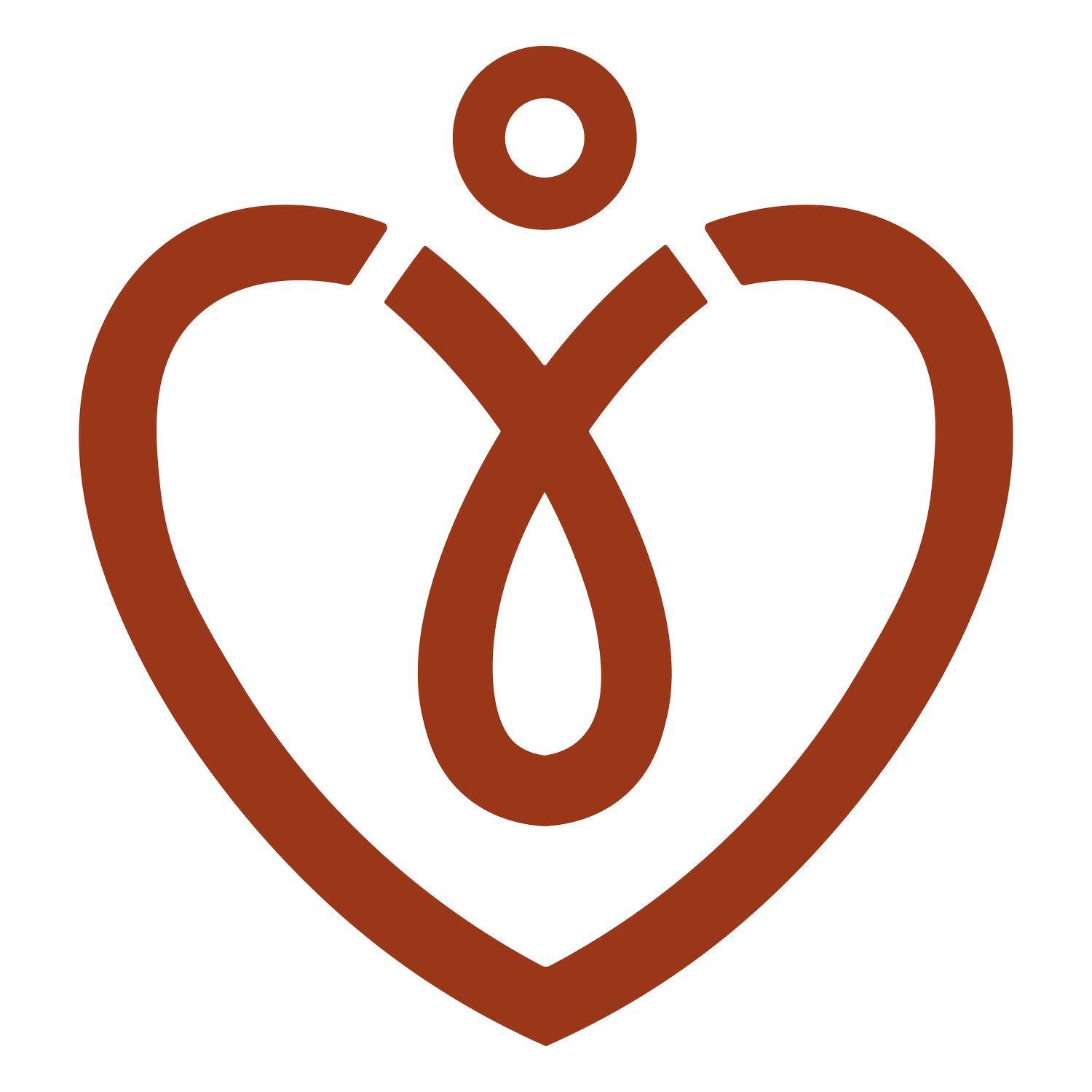Five Tips for Managing Overwhelming Emotions in Eating Disorder Recovery
Have you ever felt so filled with emotion that it was almost unbearable? Do your mind and body feel flooded with feelings such as fear, anger, disgust, frustration, irritability, anxiety, or sadness—to the point at which you feel almost paralyzed? Having an eating disorder in San Diego and elsewhere is so hard. Sometimes the overwhelming emotions can be triggered by things such as discomfort with food and with your body, negative interactions with others, and work and family stress. At such times, it seems like the emotions take over both your brain and your body, and you would do anything thing in the world to make them stop. It is so so hard. Thankfully, there are a few coping strategies that can help you navigate such situations. These coping skills come from dialectical behavior therapy (DBT), which is an approach I integrate in my work with people struggling with eating disorders in San Diego.
First, distraction is a key strategy that is really helpful when your emotions are too much to bear. Distracting yourself can take the focus off of your present distress and get your mind on something else. Distraction is different from avoidance in that with distraction, you shift your focus off of the stressor temporarily so that you can calm down and then later return to the issue and deal with it. With avoidance, you move away from your stressor and don’t return to it, so the problem isn’t addressed. Some helpful distraction techniques include watching youtube videos, preferably non-triggering ones, such as funny/cute animal videos, etc. (I sometimes watch the live cams at the San Diego Zoo. Soooo cute!). Other ideas are listening to music, standing up at stretching, looking out the window at nature, walking outside, and playing a game.
Second, riding the wave of emotion is an important coping skill. Imagine your emotion as a wave that rises up and crests and then goes back down and crashes on the beach. Picture yourself riding that wave, and then smoothly following it down and sliding onto the beach. Not only does this exercise validate that your emotions are intense, it also reminds you that emotions are temporary, and that they peak and then recede, just like a wave.
Third, self-soothing is a great tip for when you feel distressed. Using the five senses is especially helpful. Figure out what you can see, touch, hear, smell, and taste. For example, looking at soothing pictures on your phone or on the computer. Or, walk outside and look at the flowers, trees, clouds, and blue sky. I like to watch birds play and bees flit around flowers. With touch, you can wrap yourself up in a soft blanket, ask for a hug or a shoulder rub from a loved one, or even take some silly putty, thinking putty, or squishies with which you can fiddle. With hearing, listening to soothing music is always helpful (although I’ve known people to turn on harder rock or rap music to get out angry feelings!). With smell, you can light a scented candle or turn on an essential oil diffuser. You can even rub scented lotion on your hands or use nice-smelling body wash in the shower. With taste, drinking some hot tea or cool water and focus on the feeling of the liquid in your mouth, going down your throat, can be helpful. Above all, identify things that soothe you will show yourself care, love, and compassion.
Fourth, doing the opposite action is a smart strategy. When overwhelmed with emotions, sometimes the very things that you could do to feel better are the very LAST things you want to do. That’s where opposite action can come in handy. For example, when you’re flooded with uncomfortable emotions, you may want to curl up in a ball and shut out the world. I totally get that. Doing the opposite action is doing something completely different than what your body and mind is screaming to do. Instead of curling up in a ball, get up and walk outside. Instead of going to bed and pulling the covers over your head, grab a coloring book and some crayons and scribble away. Instead of lashing out at a loved one, take several deep breaths and then give them a hug. I know it feels counterintuitive at the time, but it really helps.
Fifth, radical acceptance is a concept from mindfulness. Mindfulness is moment-to-moment, nonjudgmental acceptance. There’s a great, short YouTube video on radical acceptance by Dr. Marsha Linehan, creator of DBT. It’s essentially accepting that in this very moment, you are feeling angry, sad, fearful, whatever. It’s accepting that these emotions are really big and really scary. You don’t have to do anything about these feelings at the moment, and you don’t even have to like feeling them. It doesn’t mean that you won’t do something about these feelings in the future. It just means that in this very moment, you accept that things (however crappy) are what they are.
——————————
Hey everyone, I really appreciate you reading my blog! Have a wonderful day. :)
Marianne
If you are struggling to find eating disorder treatment in San Diego, give me a call for your free 15-minute phone consultation at (858) 699-3754, and I will help you get where you need to be!
You can find more information about me on Instagram @drmariannemiller or on my Facebook page.
